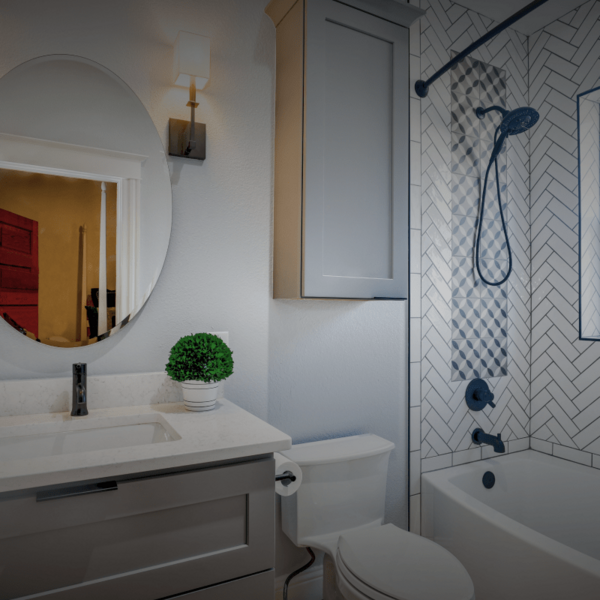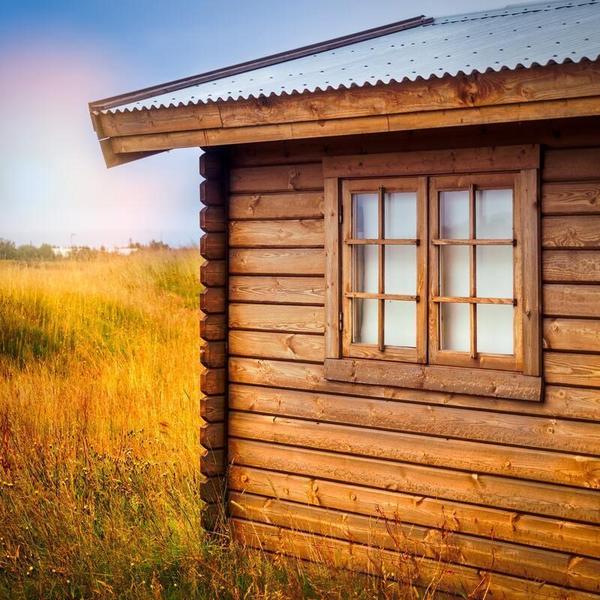A huge perk of living in a tiny house is that you can easily afford the home design of your dreams. Whether you build a tiny home on a permanent foundation or your tiny house on wheels gets overtaken on the road, a tastefully designed tiny house exterior is definitely going to be an eye-catcher.
If you haven’t settled on your house design yet, let’s take a look at the most attractive tiny house exteriors that won’t break the bank.
How to choose a tiny home exterior?
Durability
Many tiny homes are built on wheels, so they can give you all the comfort of the modern living space wherever you choose to go.
These homes need to be built with extra durability to ensure they can travel from one location to another, without sustaining damage or falling apart. To this end, you need to choose house materials that can handle the climate of any region you move to.
For example, not all siding materials can handle heat or cold, so choosing the wrong siding can make your tiny house not as versatile and road-worthy as you’d like it to be.
Low maintenance
Many people choose tiny homes because the smaller house is easier to keep up and maintain than a traditional house. By choosing a house siding that is low maintenance and resistant to peeling, chipping, or flaking, you can enjoy the tiny house lifestyle without worrying about remodeling every 5-6 years.
Aesthetics
Just because your home is small, it doesn’t mean it can’t have the curb appeal of those towering mansions at the end of the street.
This is why many tiny house owners choose exterior materials that can make their homes stand out and look best in all seasons.
Whether you’re moving from one place to another, want to turn heads on the road, or building a tiny house with a permanent foundation, it’s important to match it to its surroundings.
A tiny house with craftsman-style windows and wooden siding would be an eyesore in any urban environment, in which case you’re better off with vinyl and asphalt shingles.
On the other hand, in the countryside, a tiny home with corrugated steel walls and a roof could look like a surveyor’s outer office. When it comes to the appearance, color, textures, and style of your home, it’s important to follow your dream but also think about the surroundings.
Real wood siding
Ask any tiny house manufacturer what the most common siding type for tiny houses is and they’ll tell you — cedar. Cedar wood is extremely weather-resistant, and lightweight, and looks great both painted and stained.
Depending on what you’re looking to achieve, you can choose wooden siding as:
Board and batten
Shiplap
Natural materials like wood are popular in the tiny house movement, especially with the craftsman-style tiny houses.
Wooden exterior walls made of cedar wood look amazing with natural wood flooring and white walls. If you don’t like standard cedar siding, you can choose white cedar, red cedar, or Douglas fir. Your house builder can use these for either house siding or dark wood flooring.
Unfortunately, the major downside with using wood as the exterior material is the potential bug damage, as well as pest infestation.
A deck-accessible bungalow in craftsman style with a sleeping loft space.
Metal siding
Infestations and bug damage are less likely with metal siding.
Metal materials like aluminum are easy to paint and require little maintenance when compared to wood. Moisture damage is less noticeable. However, certain metal materials can dent or rust if not protected.
Otherwise, metal roofs and siding are easy to clean, affordable, durable, and visually appealing. Since there’s less chance of damage, a metal container house is cheaper in the long run than a cool tiny house with wooden siding.
The same applies to tiny house furniture choices. A metal desk, metal coffee table, or metal storage containers are more likely to last longer than their wooden counterparts.
When it comes to metal siding materials, the two most popular types are the standing seam, batten steel, and corrugated sheets.
Standing seam
Definitely the cleanest looking metal siding but very hard to install. Unless you consider yourself or can hire a metal and waterproofing expert, I advise against this type of metal siding. When choosing a contractor, go for experts who can provide reference to multiple standing seam installations. as these people already know where the trouble points are.
Batten steel siding
Batten steel siding gives you a classic wooden craftsman exterior design without the downsides of wooden sidings. It’s a perfect option for tiny house owners and light commercial use, thanks to its longevity and watertight design.
Corrugated metal sheets
A standard siding type on many outbuildings. If done right it can add a wonderful curb appeal.
A hybrid solution with wooden siding and corrugated metal roof.
Corrugated metal siding is flexible enough to handle the curvatures of the roof and walls. It has a high-tensile steel core that is resistant to wind damage.
Vinyl siding
Vinyl is an interesting option for both a permanent home and a tiny house with wheels because it’s less expensive than metal and wood siding, weighs less, and is resistant to elements.
Choose vinyl and you have tons of different materials types at your disposal. Another great thing about vinyl is that it’s easier to install and maintain compared to alternatives. A good power wash and you can clean your entire house in 15 minutes.
If you ask around home improvement companies, you can find a variety of vinyl that has natural wood tones. This way you can have a wooden appearance without breaking the bank and the drawbacks of natural wood walls.
The best thing about vinyl is that you can install the siding over existing walls. This means you can buy a modern tiny house out of wood or metal, and switch to vinyl.
A minimalist design with vinyl siding, white trim, white vinyl windows, natural color wooden deck, and a removable bar outside the kitchen window.
However, keep in mind that vinyl damages easily by scratching. Also, you need to make sure the wind-resistant installation method is used.
Wrapping up
Your surroundings are probably going to have the biggest impact on your tiny house exterior.
Luckily, with countless companies providing supplies and house plans to tiny homeowners, you’ll hardly run out of tiny house ideas.



